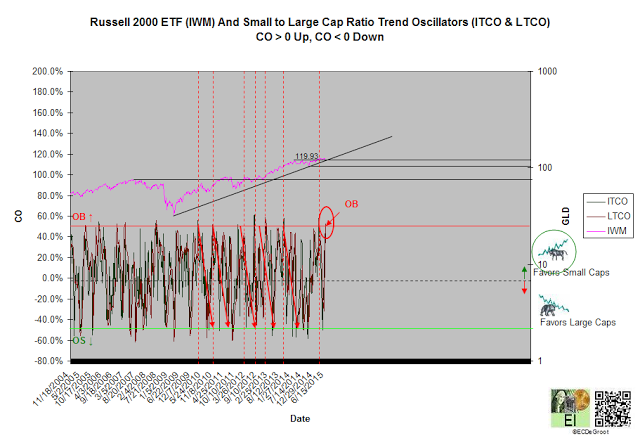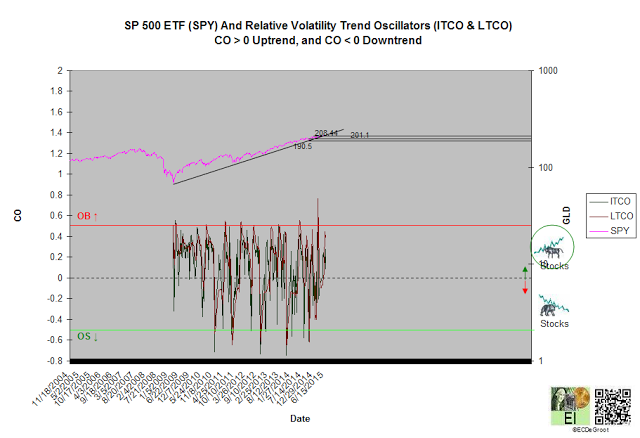US Stocks, lead by technology since 2008, remain in cause building within broader markup phase.
The unwinding of extreme optimism within cause, the transfer of ownership in which the minority fades the actions of the majority, continues for US stocks. Intermarket analysis confirms this transfer.
Insights tracks the flow of sentiment that compliments a broader message price, leverage, and time discussed further in Review of US Stocks help recognize the transition from cause (building) to mark up or mark down for subscribers.
Please join us.
Sentiment
US stocks
- The unwinding of extreme optimism within cause (distribution), the transfer of ownership in which the minority fades the actions of the majority, has been ongoing since late November 2014. The positive to negative oscillation of WA and WAS, or the unwinding process, defines this transfer (chart 1 and 2). WA and WAS define intermediate- and long-term cycles.
- Bullishness towards stocks grows as WA and WAS approach their target zones. WA and WAS of 0.43 and -0.70, readings that support downtrends and cause for stocks since November 2014, suggest that distribution is closer to the end than the beginning (chart 1 and 2). This message refutes bearish calls suggesting it's closer to the beginning than end. Cause produces minor and major buying opportunities when WAS falls below 0 and -1, respectively. WAS's close below -0.5 during the second week of June favors the latter.
- While the IMF begs US Federal Reserve not to raise rates, they fail to recognize that the Fed following market forces and its own self interests will raise rates to deflect safe haven capital flows as the global economy turns down. A rising interest rate trend, despite headline interpretations certain to confuse the public, is neither a byproduct of strong US or global economic growth.
- A negative sentiment oscillator, a down impulse, defines increasing pessimism towards stocks, while a positive trend oscillator, an up impulse, defines increasing optimism. A negative oscillator, opposed by two short upticks, confirms cause and growing pessimism towards stocks since December 2014 (chart 3). Stocks bullish bias within cause, the manifesting of strong inflows from Asia, Europe, and emerging markets into US stocks, has supported a running correction for months. This bias, a definitive sign of strength (SOS) and consistently observation during cause since 2009, is extreme positive for stocks. This bias eludes recognition from a majority (public) that includes many that don't not trust stocks. Some cite a tight trading range as reason not to trust stocks. While a historical 'tight' trading range or compression tightens risk management for investors, it hasn't existed since 2009 (chart 3A and 3B). Even worse, the majority will be 'true believers' of stocks when compression finally warns of trouble ahead.
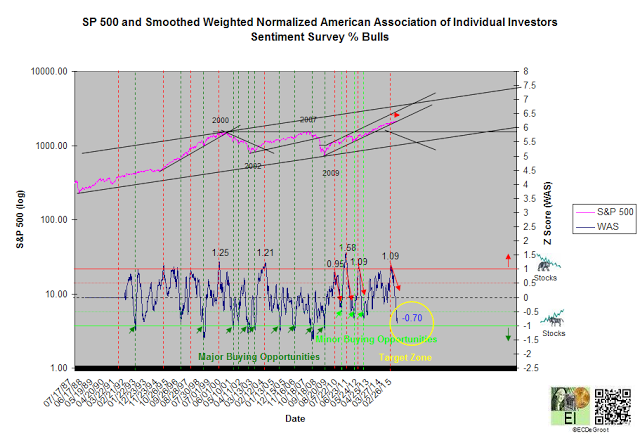
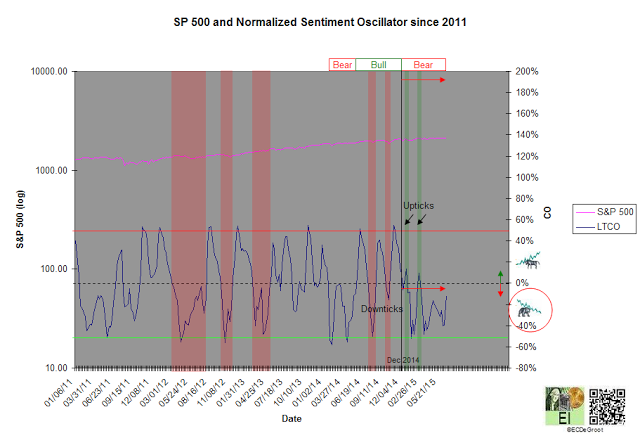
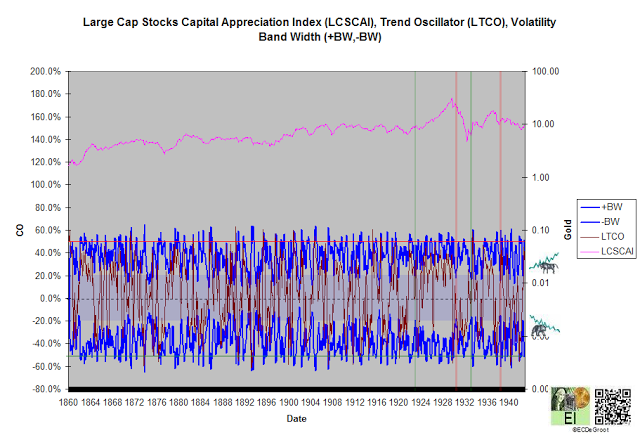
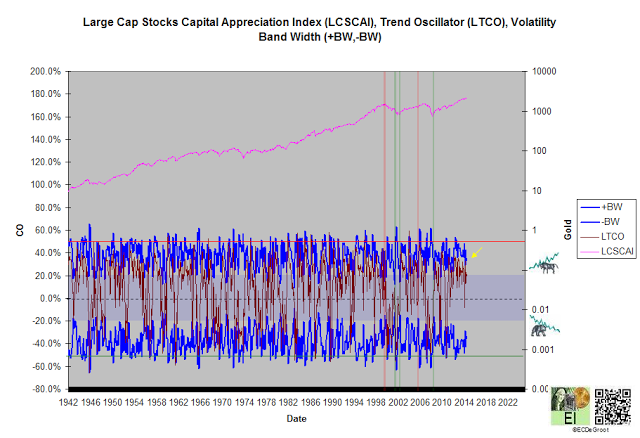
Intermarket Analysis
Composite Timing Indicator (CTI)
- Positive trend oscillators, a consistent observation since 2011, define an up impulse, bullish bias and unexpected strength with cause (chart 4). This impulse (or series of impulses) has been dismissed by a skeptical majority scarred by painful memories of 2007-2009 bear market. Stocks relentless rally, a persistent advance yet to produce an obvious entry point for the majority, will likely force them to chase higher prices.
- Positive trend oscillators define an up impulse since the second week of June. Small caps should continue outperforming large until the impulse is reversed. Overbought (OB) reading since the third week of June favors at least short-term 'unwinding' ahead. Small caps would lag large caps during the unwinding process (chart 5).
- Positive trend oscillators define an up impulse that confirms the bullish bias in stocks (chart 6). February's overbought (OB), generated at 211.24 (ARCA:SPY)), should be followed by oversold (OS) eventually. Experienced investors prefer OS rather than OB as entry points. Chasers that purchased February's OB have yet to overcome breakeven through June.
- Traders looking to buy stocks must remain patient. A 1987 style decline, a false breakdown against a dominant up trend, is a growing possibility. This could happen during the fall transition (see time 06/09/15 Review of US Stocks) if the Fed begins hiking rates in September as expected.

